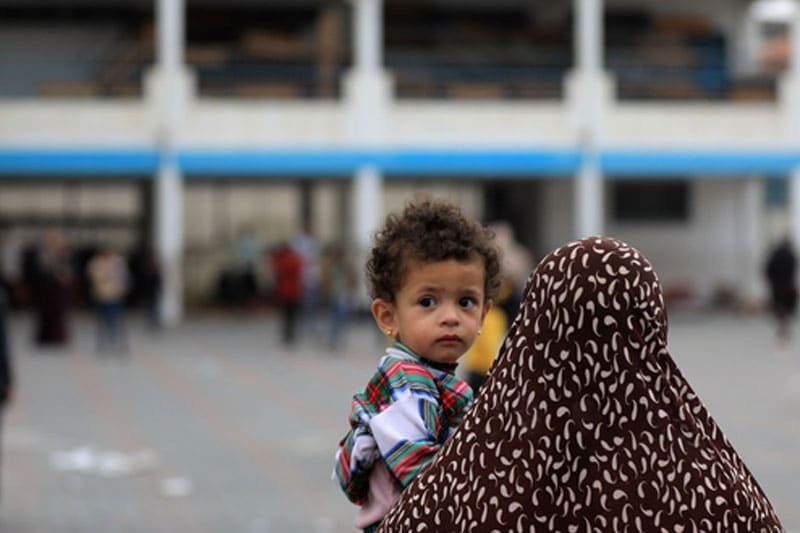What is UNSC Resolution 1701 and How Does It Form the Basis of the Israel-Lebanon Ceasefire Agreement?
The recent ceasefire between Israel and Lebanon, which came into effect on November 27, 2024, draws upon the provisions of the United Nations Security Council (UNSC) Resolution 1701.

New York / Beirut: The recent ceasefire between Israel and Lebanon, which came into effect on November 27, 2024, draws upon the provisions of the United Nations Security Council (UNSC) Resolution 1701. Originally passed in 2006, this resolution sought to end hostilities between Israel and Hezbollah and has since remained a central framework for peace efforts in the region.
Table of Contents
The ceasefire announcement follows intense diplomatic efforts led by the United States, with President Joe Biden confirming on Tuesday that both Israeli Prime Minister Benjamin Netanyahu and Lebanon’s caretaker Prime Minister Najib Mikati had agreed to halt the fighting. Biden emphasized that the ceasefire is aimed at being permanent, with a focus on preventing further threats from Hezbollah and other militant groups along the Israel-Lebanon border.
The 13-month-long conflict between Israel and Lebanon escalated in September 2024, largely fueled by ongoing tensions in the region following Israel’s military actions against Palestine. As clashes intensified along the UN-designated Blue Line, which demarcates the border between the two countries, calls for a ceasefire grew louder.
Resolution 1701, originally passed by the UNSC on August 11, 2006, has been a key reference point in efforts to halt hostilities between Israel and Hezbollah. While the resolution never saw full implementation, its provisions have been revisited in the current ceasefire framework.
What is UNSC Resolution 1701?
UNSC Resolution 1701 was passed unanimously in response to the 2006 war between Israel and Hezbollah, which resulted in significant casualties on both sides. The conflict, triggered by Hezbollah’s attacks on Israeli soldiers and the kidnapping of two Israeli nationals, led to the deaths of more than 1,000 Lebanese civilians and 170 Israelis.
The resolution called for an immediate cessation of hostilities, the deployment of a United Nations peacekeeping force (UNIFIL), and the establishment of a buffer zone between Israel and Lebanon. Specifically, Resolution 1701 sought to:
- Ensure the disarmament of all non-state armed groups in Lebanon, with no weapons or military authority allowed outside of the Lebanese state’s control.
- Ensure no foreign forces operate in Lebanon without the government’s consent.
- Establish a demilitarized zone between the Blue Line and the Litani River, free from armed groups, weapons, and military assets, except those of the Lebanese authorities and UN peacekeepers.
- Strengthen the UNIFIL force, which was authorized to increase its strength to 15,000 personnel to monitor the cessation of hostilities and assist Lebanese security forces in maintaining peace.
Additionally, the resolution required the Israeli military to withdraw from southern Lebanon and provided provisions for the safe return of displaced Lebanese citizens.
The Current Ceasefire Proposal
The current ceasefire agreement follows closely the framework laid out by UNSC Resolution 1701, but with updated provisions to address the evolving conflict. The US-backed proposal calls for a cessation of hostilities between Israel and Hezbollah, with a 60-day period for Hezbollah fighters to retreat 40 kilometers from the Israel-Lebanon border.
During this time, Israeli ground forces are expected to withdraw from the Lebanese territories they have occupied since October 2023, as part of the ongoing conflict that was sparked by Israel’s military actions in Palestine.
Lebanon has committed to increasing supervision of Hezbollah’s movements south of the Litani River, with the goal of preventing militant groups from reestablishing their presence in the area. This will be monitored by UN peacekeepers, Lebanese military forces, and a multinational committee.
Israel has also made it clear that any violations of the ceasefire agreement will result in the resumption of military operations.
Resolution 1701’s Legacy and Challenges
Though Resolution 1701 played a crucial role in ending the 2006 Israel-Hezbollah war, it has faced challenges in full implementation, particularly with regard to the disarmament of Hezbollah and the creation of a long-lasting peace along the Blue Line. Despite these challenges, the resolution has remained a key element in peacekeeping efforts in the region, with UNIFIL continuing to play a central role in monitoring the border and supporting Lebanese security forces.
The success of the current ceasefire will depend heavily on the commitment of both Israel and Lebanon to abide by the terms of the agreement, as well as the continued effectiveness of UN peacekeepers in ensuring compliance.
As the region moves into a new phase of relative calm, the international community will be closely monitoring the situation to ensure that hostilities do not reignite, and that Resolution 1701’s long-term goal of lasting peace remains achievable.
